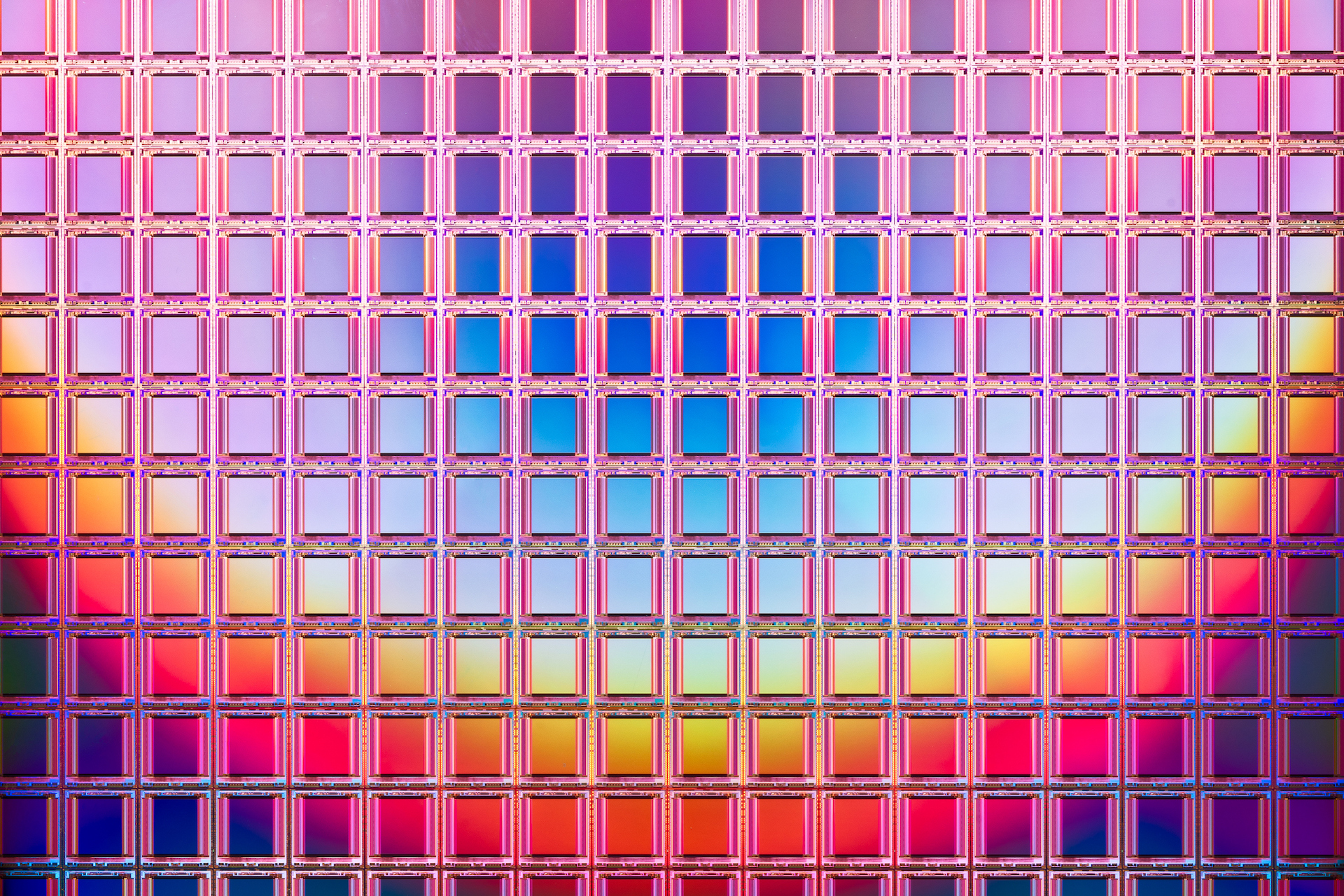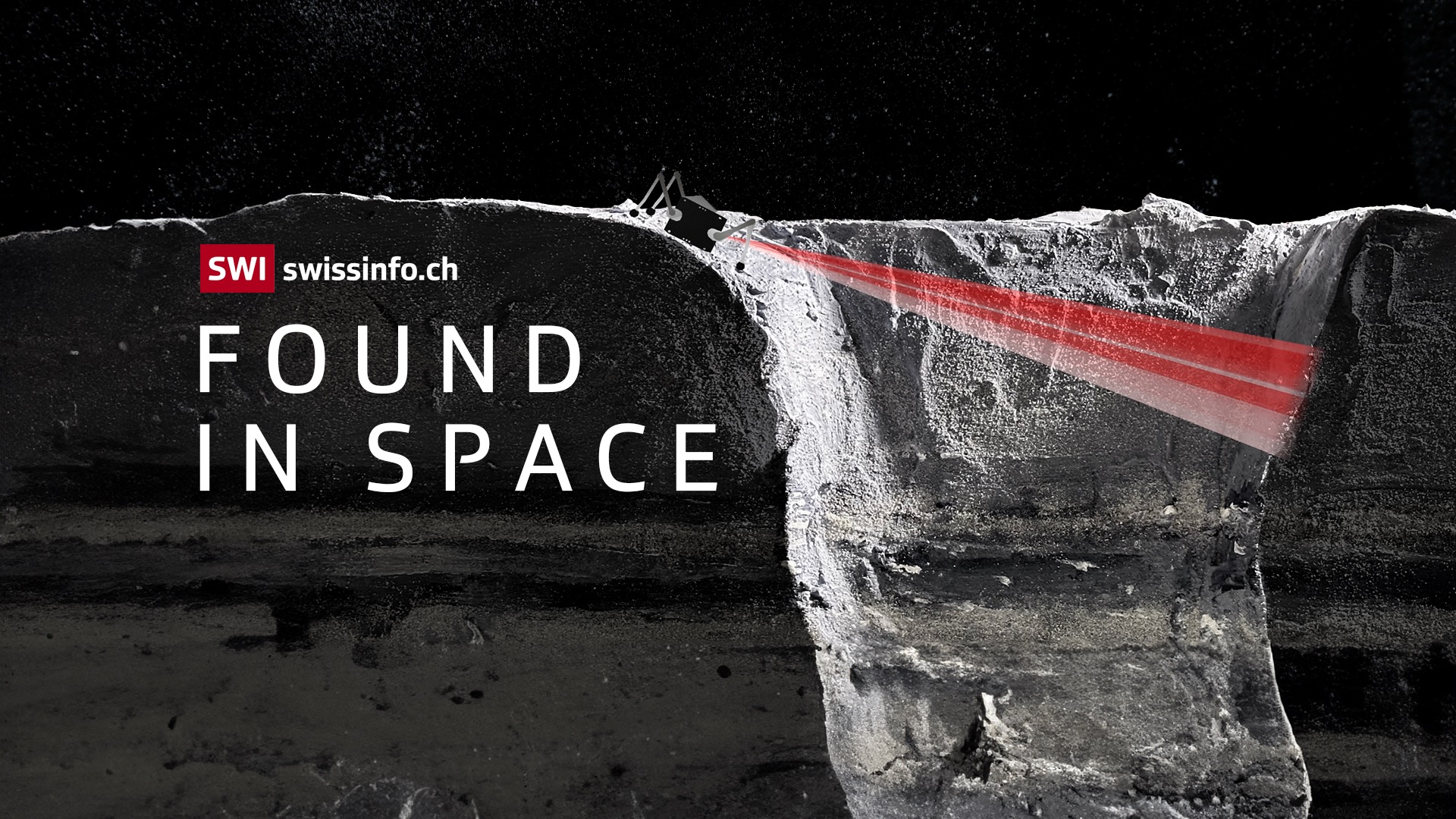Applied Sciences, Vol. 14, Pages 953: Distinctive Culture Expressions of Enterobacteria Interfering with Isolation of Salmonella spp. during the Application of the Recommended ISO 6579-1:2017
Applied Sciences doi: 10.3390/app14030953
Authors: Grammato Evangelopoulou Angeliki R. Burriel Nikolaos Solomakos
The objective of the present report is the dissemination of information acquired during the application of ISO 6579-1:2017 for the isolation of Salmonella spp. from swine samples. ISO 6579-1:2017 is the protocol officially recommended by the EU for the isolation of Salmonella spp., aiming for the harmonization of effective control of Salmonella infection in food-producing animals. Successful control of animal salmonellosis is highly dependent on the sensitivity and reliability of the biochemical methods used to detect the presence of the pathogen in various stages of food production. Application of ISO 6579-1:2017 resulted in the isolation of twelve Salmonella spp. and eighteen other members of the family of Enterobacteriaceae biochemically and other bacteria antigenically resembling salmonellae. An evaluation of the culture media was conducted, including xylose-lysine-desoxycholate agar (XLD), Salmonella–Shigella Agar (SS), Brilliant Green Agar (BGA), Salmonella Chromogenic Agar (SCA), Triple Sugar Iron (TSI), and modified semi-solid Rappaport–Vassiliadis (MSRV) agar. The evaluation showed that these culture-selective media differed significantly in their performance for the isolation of Salmonella from swine samples. It was concluded that the presence of atypical Salmonella strains negatively affects the prevalence of Salmonella, thus affecting the identification of carrier pigs and eventually affecting the efficiency of control programs. Thus, doubtful results require additional biochemical testing to confirm the accuracy of such universally recommended isolation methods.

 3 months ago
34
3 months ago
34


